Governance und Finanzierung
Diese Forschungsgruppe untersucht traditionelle und moderne Ansichten über Corporate Governance auf den Finanzmärkten. Sie trägt dazu bei, die Wirksamkeit verschiedener Governance-Mechanismen bei der Auswahl von Talenten, der Schaffung von Anreizen und der Bindung an das Unternehmen zu verstehen. Die Gruppe untersucht auch, wie verschiedene Stakeholder die Corporate Governance beeinflussen.
Forschungscluster
Finanzresilienz und RegulierungIhr Kontakt

- Abteilung Finanzmärkte
Referierte Publikationen

CEO Network Centrality and the Likelihood of Financial Reporting Fraud
in: Abacus, Nr. 4, 2021
Abstract
This paper investigates the association between CEO’s relative position in the social network and the likelihood of being involved in corporate fraud. Tracing a large sample of US publicly listed firms, we find that CEO network centrality is inversely related to the likelihood of fraudulent financial reporting. We also document a significant spillover effect of financial reporting behaviour from the dominant (most central) CEO to other CEOs in the same social network, suggesting that the ethical corporate behaviour of CEOs is, on average, influenced by that of their dominant CEO in the network. We further find that the role of CEO network centrality in reducing fraud risk is more prominent in firms with lower auditor quality. Overall, our results suggest that network centrality is an important CEO trait that promotes ethical financial reporting behaviour within social networks.
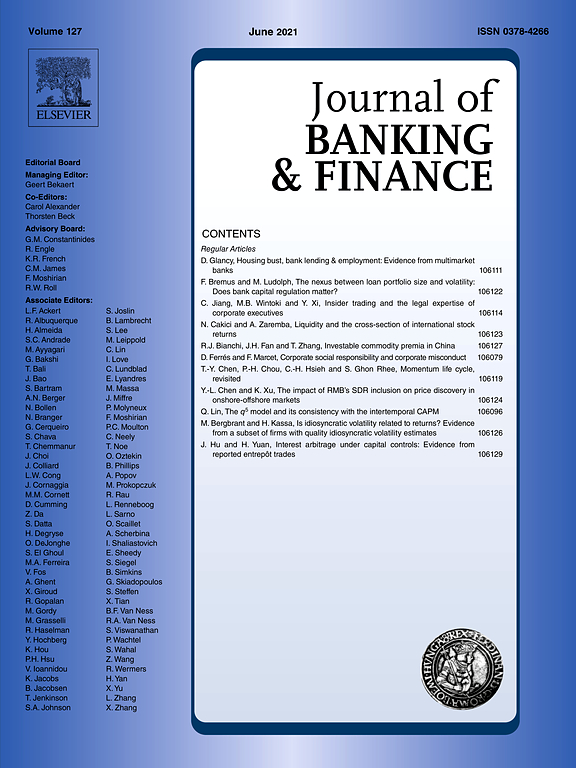
Executive Equity Risk-Taking Incentives and Firms’ Choice of Debt Structure
in: Journal of Banking and Finance, December 2021
Abstract
We examine how executive equity risk-taking incentives affect firms’ choice of debt structure. Using a longitudinal sample of U.S. firms, we document that when executive compensation is more sensitive to stock volatility (i.e., has higher vega), firms reduce their reliance on bank debt financing. We utilize the passage of the Financial Accounting Standard (FAS) 123R option-expensing regulation as an exogenous shock to management option compensation to account for potential endogeneity. In cross-sectional analyses, we find that the documented effect of vega is amplified among firms with higher growth opportunities and more opaque financial information; we also find vega's effect is mitigated in firms with limited abilities to tap into public debt market. Supplemental analyses suggest that firms with higher vega face more stringent bank loan covenants. We conclude that, by encouraging risk-taking, higher vega reduces firms’ reliance on bank debt financing in order to avoid more stringent bank monitoring.
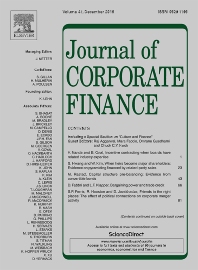
Stock Liquidity, Empire Building, and Valuation
in: Journal of Corporate Finance, 2021
Abstract
We conjecture that high stock liquidity negatively affects firm valuation by inducing inefficient investment. Using takeovers of public targets to study the empire-building motive, we find that a liquid firm is more likely than an illiquid firm to acquire a public firm. Such a takeover by a bidder with higher stock liquidity destroys bidder value to a larger degree. These patterns occur in both stock and cash acquisitions and hold after we use decimalization of tick size as a quasi-exogenous shock to stock liquidity. Finally, we show that financial constraints and corporate governance play important roles in the effects of stock liquidity on empire building in mergers and acquisitions.
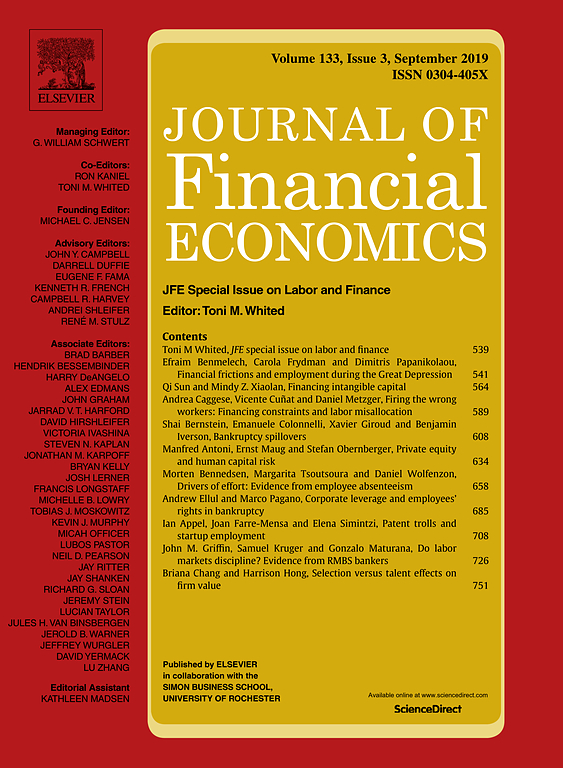
Do Activist Hedge Funds Target Female CEOs? The Role of CEO Gender in Hedge Fund Activism
in: Journal of Financial Economics, Nr. 1, 2021
Abstract
Using a comprehensive US hedge fund activism dataset from 2003 to 2018, we find that activist hedge funds are about 52% more likely to target firms with female CEOs compared to firms with male CEOs. We find that firm fundamentals, the existence of a “glass cliff,” gender discrimination bias, and hedge fund activists’ inherent characteristics do not explain the observed gender effect. We also find that the transformational leadership style of female CEOs is a plausible explanation for this gender effect: instead of being self-defensive, female CEOs are more likely to communicate and cooperate with hedge fund activists to achieve intervention goals. Finally, we find that female-led targets experience greater increases in market and operational performance subsequent to hedge fund targeting.

Executives with Customer Experience and Firm Performance in the B2B Context
in: European Journal of Marketing, Nr. 7, 2021
Abstract
<i>Purpose:</i> This paper aims to examine the presence of an executive with customer experience (ECE) in a supplier firm’s top management team (TMT). The role of ECE presence remains understudied in the marketing literature. This study attempts to examine the relationship between ECE presence and firm performance. <i>Design/methodology/approach:</i> This paper draws on the resource-based view of the firm and adopts a panel firm fixed effects estimator to test the proposed hypotheses. The empirical analysis uses a sample of 1,974 firm-year observations with 489 unique supplier firms. Selection-induced endogeneity is mitigated through the Heckman procedure. <i>Findings:</i> ECE presence improves firm performance. Additionally, firms benefit less from ECE presence if a board member with customer experience (BCE) is also present, if a chief executive officer commands a higher pay slice (compared to other executives), and if a TMT is more functionally diversified. However, ECE presence is particularly beneficial if the overall economy is in contraction. Comparing the functional positions held by ECEs reveals that ECE in the marketing function (as a chief marketing officer) offers the largest benefit to an average supplier firm. ECE presence is also associated with other firm outcomes (e.g. bankruptcy odds, innovation and customer orientation).
Arbeitspapiere
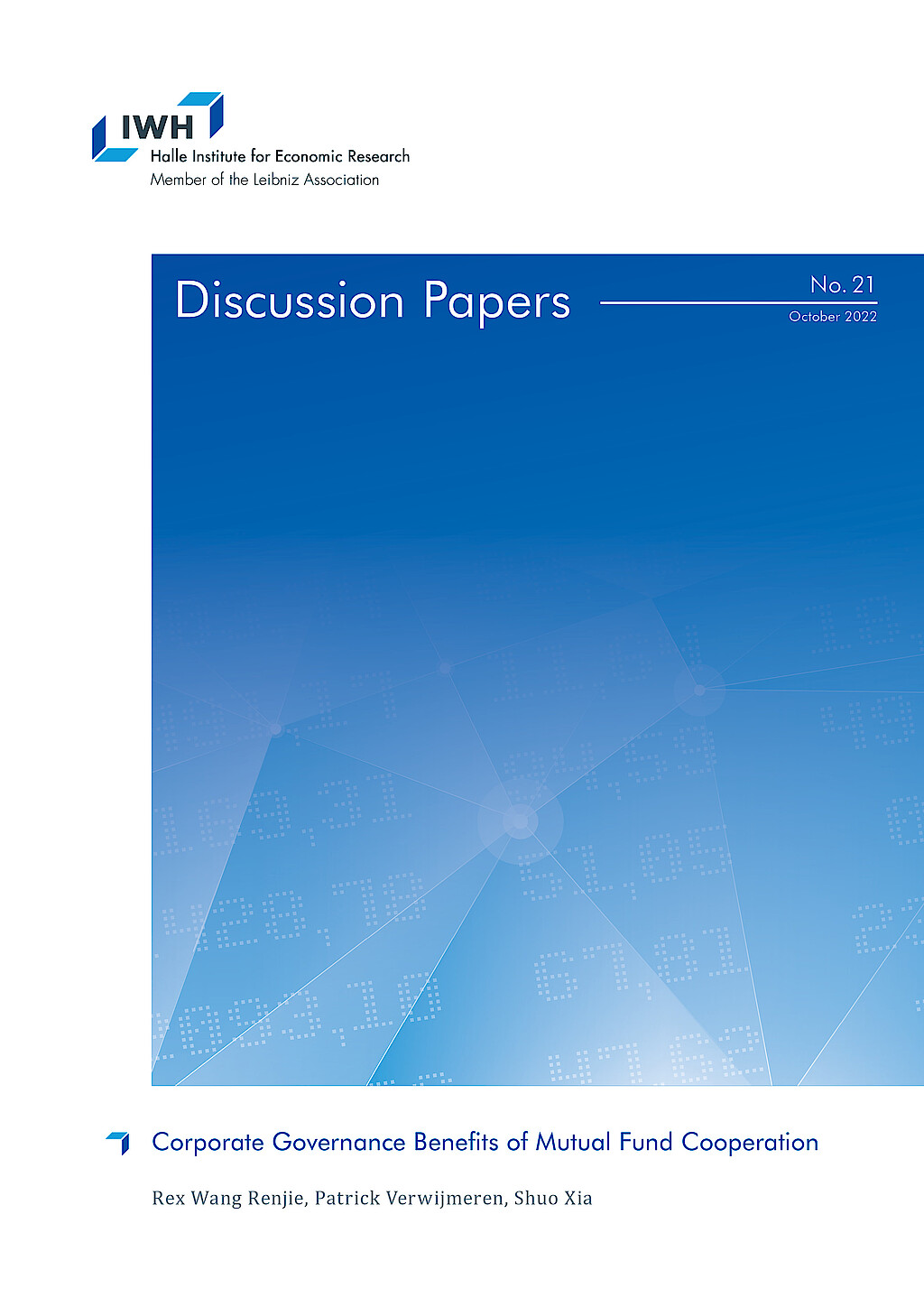
Corporate Governance Benefits of Mutual Fund Cooperation
in: IWH Discussion Papers, Nr. 21, 2022
Abstract
Mutual fund families increasingly hold bonds and stocks from the same firm. We study the implications of such dual holdings for corporate governance and firm decision-making. We present evidence that dual ownership allows financially distressed firms to increase investments and to refinance by issuing bonds with lower yields and fewer restrictive covenants. As such, dual ownership reduces shareholder-creditor conflicts, especially when families encourage cooperation among their managers. Overall, our results suggest that mutual fund families internalize the shareholder-creditor agency conflicts of their portfolio companies, highlighting the positive governance externalities of intra-family cooperation.

Why Do Workers at Larger Firms Outperform?
in: Working Paper, 2020
Abstract
Workers at larger firms outperform on average. For example, equity analysts working for more reputable brokerage firms produce more accurate earnings forecasts. Analysts employed by the highest ranked brokerages are about 6% more accurate than those employed by the lowest ranked brokerages, which is equivalent to an advantage of 17.5 years of more experience. This outperformance is driven by two significant effects: more reputable firms provide more resources that improve analysts' forecasting ability (influence), while more reputable firms also attract more talented candidates (sorting). We estimate a two-sided matching model to disentangle these two effects. We find that the direct influence effect accounts for 73% of the total impact while the sorting effect accounts for the remaining 27%.

Lame-Duck CEOs
in: SSRN Working Papers, 2018
Abstract
We examine the relationship between protracted CEO successions and stock returns. In protracted successions, an incumbent CEO announces his or her resignation without a known successor, so the incumbent CEO becomes a “lame duck.” We find that 31% of CEO successions from 2005 to 2014 in the S&P 1500 are protracted, during which the incumbent CEO is a lame duck for an average period of about 6 months. During the reign of lame duck CEOs, firms generate an annual four-factor alpha of 11% and exhibit significant positive earnings surprises. Investors’ under-reaction to no news on new CEO information and underestimation of the positive effects of the tournament among the CEO candidates drive our results.

Selection Versus Incentives in Incentive Pay: Evidence from a Matching Model
in: SSRN Working Papers, 2018
Abstract
Higher incentive pay is associated with better firm performance. I introduce a model of CEO-firm matching to disentangle the two confounding effects that drive this result. On one hand, higher incentive pay directly induces more effort; on the other hand, higher incentive pay indirectly attracts more talented CEOs. I find both effects are essential to explain the result, with the selection effect accounting for 12.7% of the total effect. The relative importance of the selection effect is the largest in industries with high talent mobility and in more recent years.
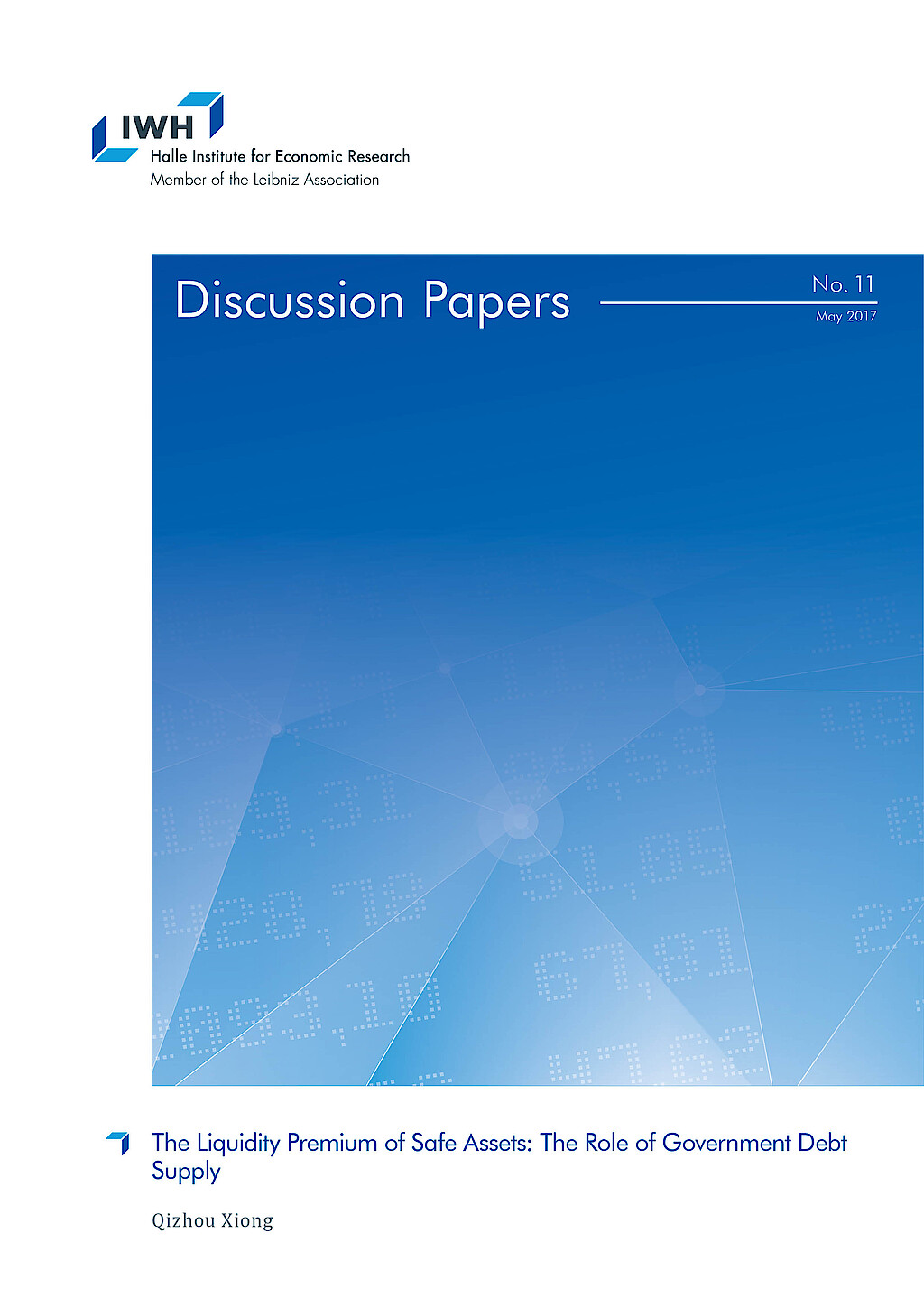
The Liquidity Premium of Safe Assets: The Role of Government Debt Supply
in: IWH Discussion Papers, Nr. 11, 2017
Abstract
The persistent premium of government debt attributes to two main reasons: absolute nominal safety and liquidity. This paper employs two types of measures of government debt supply to disentangle the safety and liquidity part of the premium. The empirical evidence shows that, after controlling for the opportunity cost of money, the quantitative impact of total government debt-to-GDP ratio is still significant and negative, which is consistent with the theoretical predictions of the CAPM with utility surplus of holding convenience assets. The relative availability measure, the ratio of total government liability to all sector total liability, separates the liquidity premium from the safety premium and has a negative impact too. Both theoretical and empirical results suggest that the substitutability between government debt and private safe assets dictates the quantitative impact of the government debt supply.









